This is a simple device. A single unit could be used for all four valves, but four devices allows testing the valve block at one time and allows comparison between valve pressures.
I made four of these devices specifically for the early Range Rover valve control block. I am sure it will work with any other valve block, perhaps a change of connection is required.
The tester is an aluminium block with four holes. One hole is drilled (centrally) along the length of the block and three other holes drilled in to the top of the block, intersecting with the hole along the block length.
The holes are tapped 1/8th BSP. The photos show the configuration. The device has a small pressure gauge and two Schrader tyre valves. Only a single valve is required for the device to function as a leak tester. The second valve was installed to test and confirm the pressures displayed on a remote type pressure monitoring system.
Using the four devices I could check the pressures as often as required. This was usually on a daily basis, leaving the valve block under pressure for an extended period.
Using these devices, I discovered something I had wondered about for a while. Does a 6mm ID O ring work well with a 6mm OD air line?
The valves in my particular valve block did lose pressure very slowly over a few days. I decided to try 5mm ID O rings. These retained the pressure for a much longer period, several weeks (?).
The Schrader valve is used to pressurise the device(s) and only a "spoonful" of air is required to set the pressure to 30-50 psi. This is about the pressure range for normal RR air suspension.
The testing did show that some valves retained pressure better than other valves in the same valve block. I did need to tighten some of the mounting bolts to stop some (otherwise undetectable) very small leaks.
The single pressure gauge attached only to an air line is used to pressurise the on board air tank or reservoir (via a Schrader valve) and confirm no leaks in the tank or air line from the tank to the valve block.
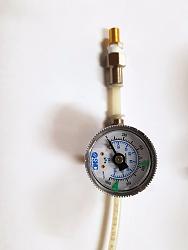
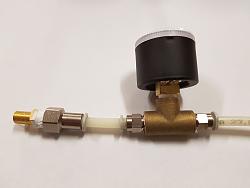
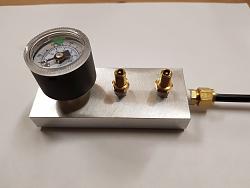
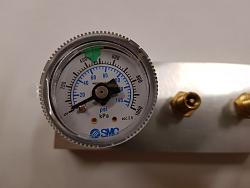
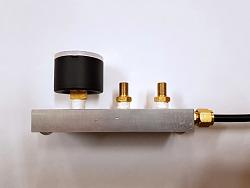



 LinkBack URL
LinkBack URL About LinkBacks
About LinkBacks
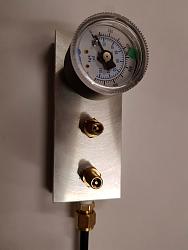


 Reply With Quote
Reply With Quote



Bookmarks